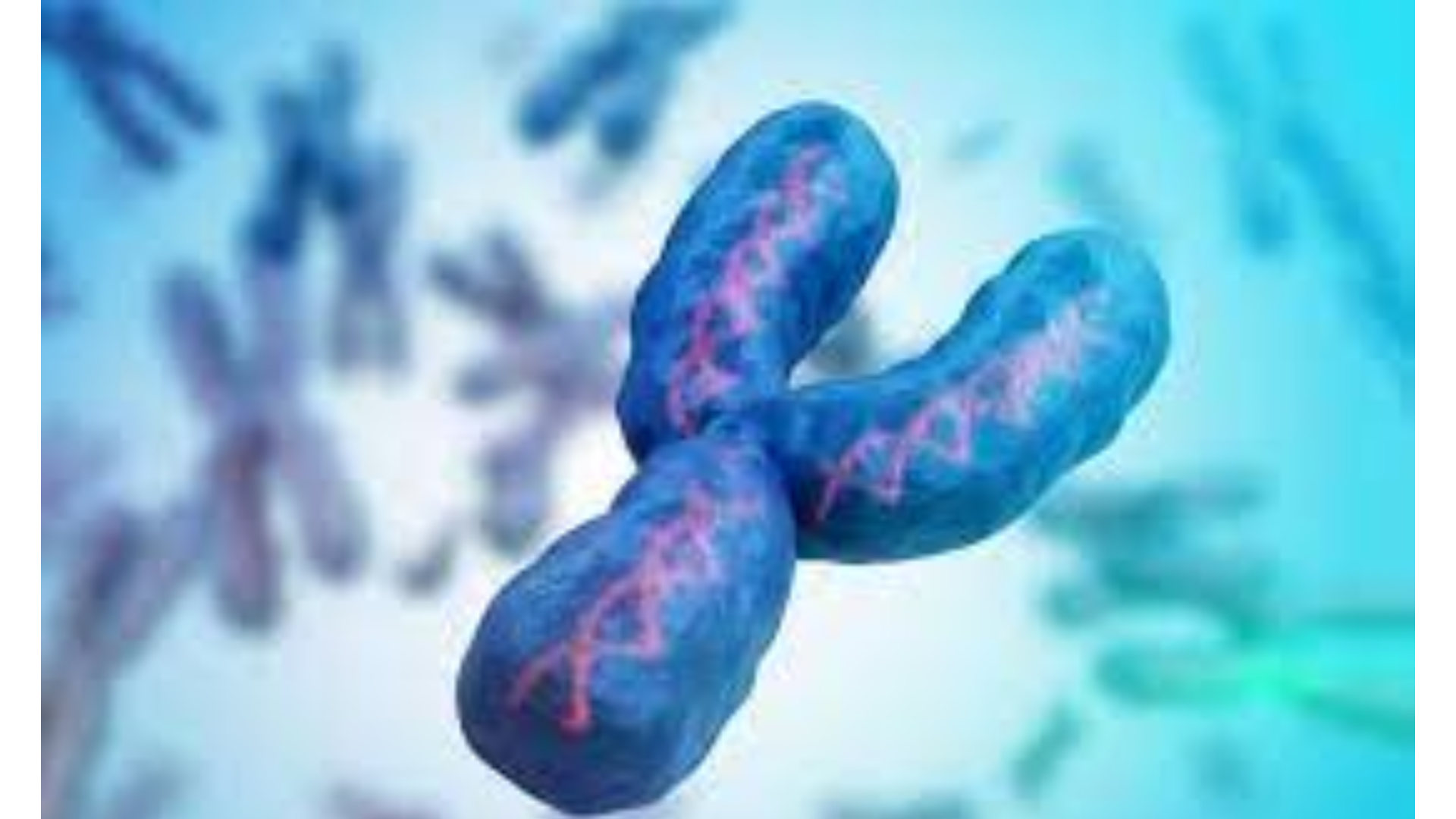
A male-determining gene located on the Y chromosome determines the sex of newborns, including humans and other mammals. However, the human Y chromosome is deteriorating and might vanish in a few million years, which would mean the extinction of humans unless a replacement sex gene evolved.
The good news is that two rodent lineages have already experienced Y chromosome loss and have survived to tell the story.
A new male-determining gene that the spiny rat has evolved is demonstrated in a recent research published in the Proceedings of the National Academy of Science.
Similar to other mammals, humans have two X chromosomes in the female and one X and one little Y chromosome in the male. Their shapes have nothing to do with the names; the X represented ‘unknown’.
Approximately 900 genes in the X execute a wide range of functions unrelated to sex. However, the Y has a large amount of non-coding DNA—simple, repetitive DNA that doesn’t appear to have any function—and just about 55 genes.
However, the Y chromosome is quite powerful because it has a crucial gene that initiates the development of the male genus in the developing embryo.
This master gene turns on other genes that control testis development around 12 weeks after conception. Testosterone and its derivatives are produced by the embryonic testis to produce male hormones, ensuring the infant develops into a boy.
In 1990, the master sex gene known as SRY (sex region on the Y) was discovered. It functions by initiating a gene called SOX9 that sets off a genomic cascade.















